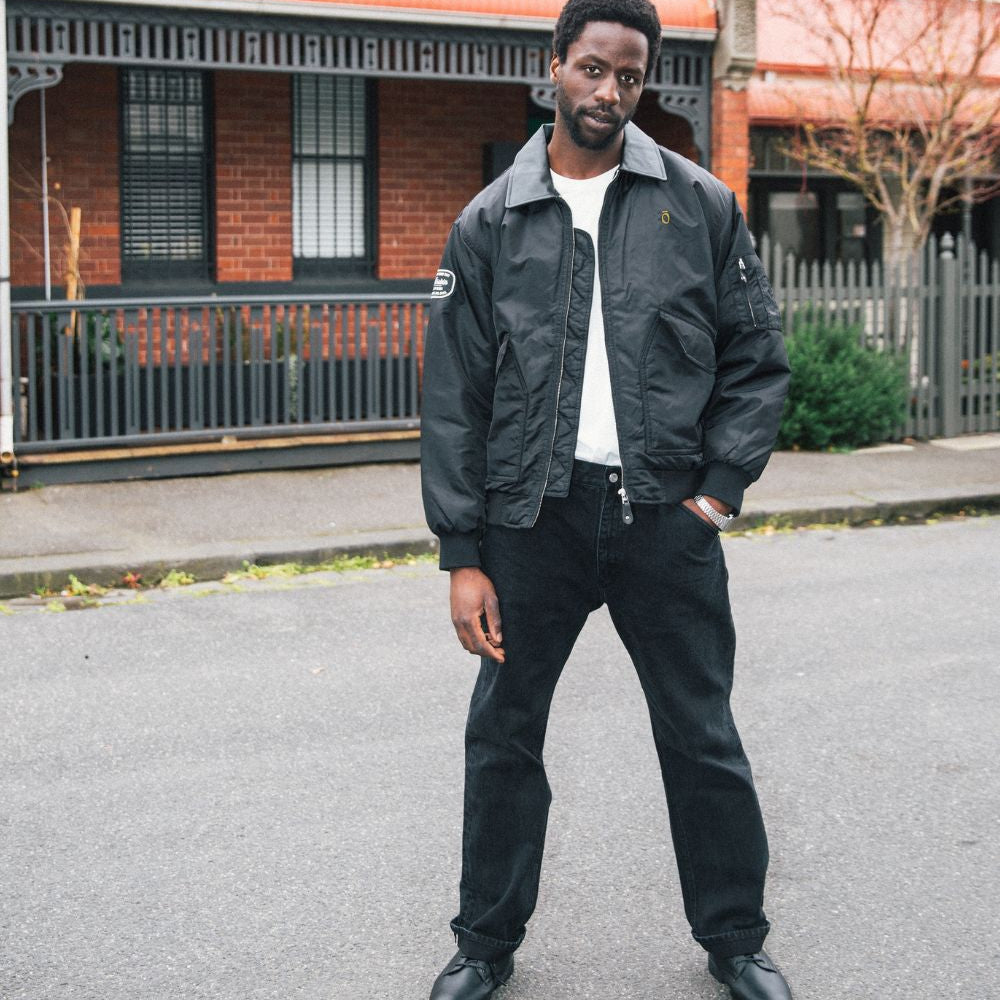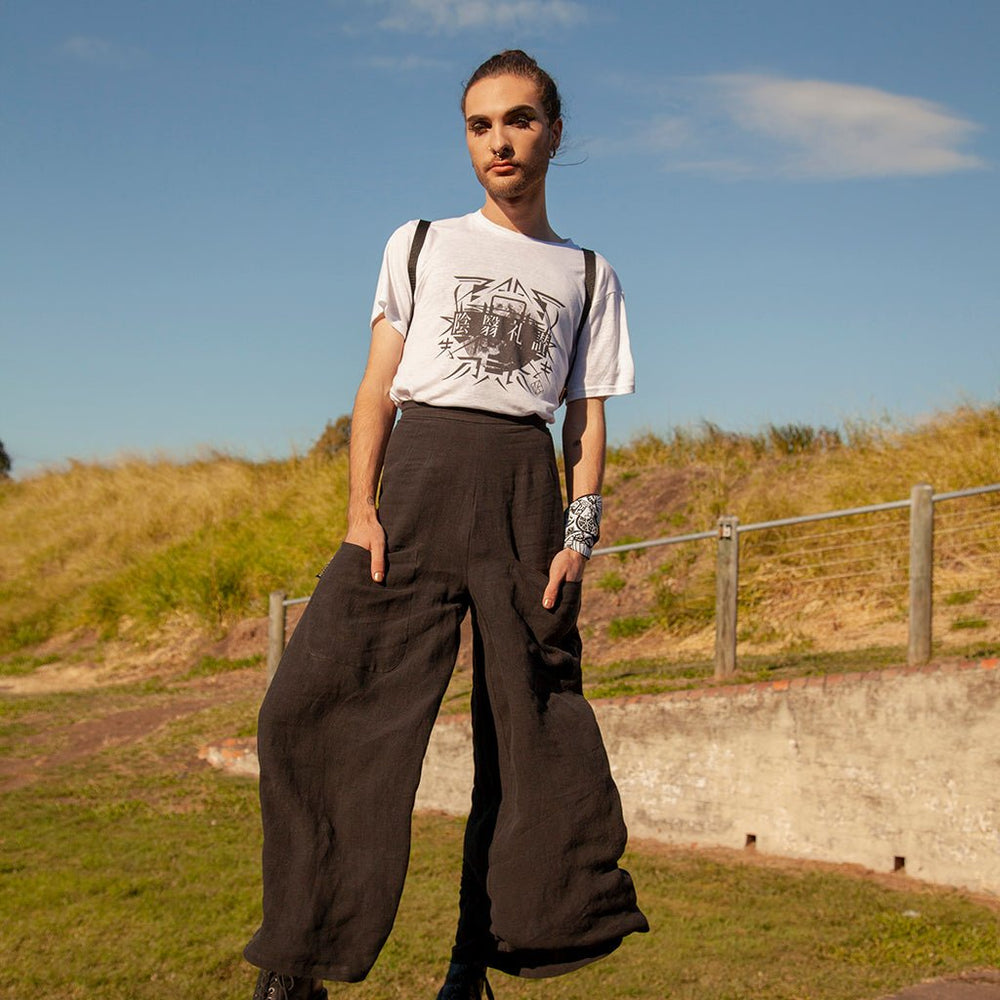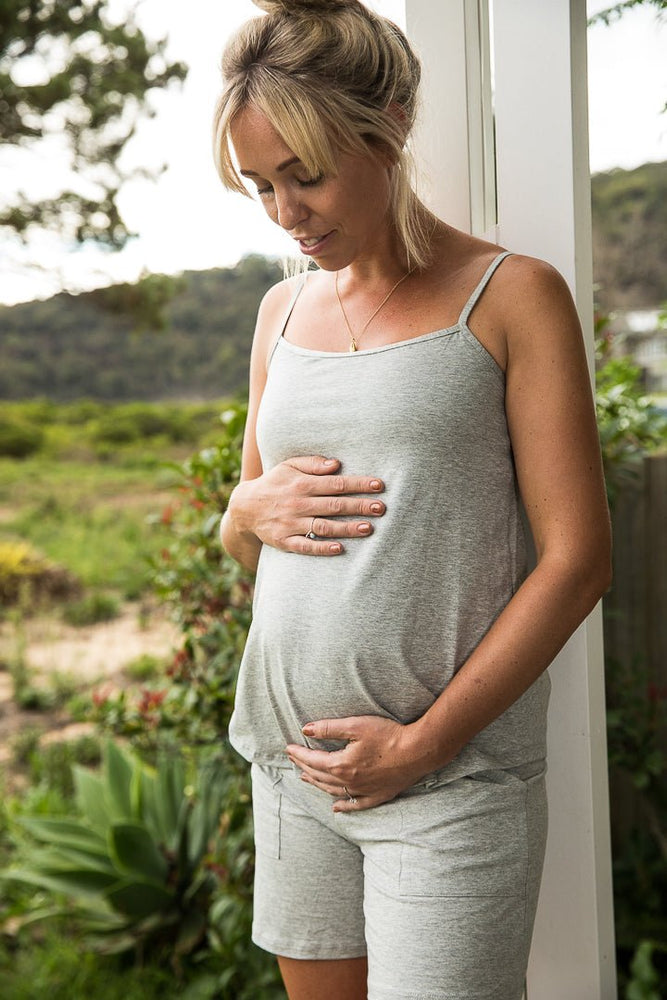How To Live A Sustainable Lifestyle -
5 Beginner Tips
“Well-being is realised by small steps, but is truly no small thing.” - Zeno
The same concepts applies to sustainability. It's not about large, one-off gestures, but regular small steps in the right direction. With so many different strategies, it can be hard to know where to start in how to live a more sustainable lifestyle.
Discover five beginner strategies that anyone can embrace today. Number three is our favourite and the tactic that most people overlook!
1. Eat Less Meat
Whatever your views on meat are, the general consensus in the scientific community is that too much meat consumption is not only bad for you, but also the environment.
The Australian Cancer Council (link opens in new tab/window) stated that “processed meats – including ham and bacon” are a “Group 1 carcinogen, which means that there is strong evidence that processed meats cause cancer”. Take the Cancer Risk Quiz (link opens in new tab/window) for more detailed insights, but please consult your healthcare professional for tailored medical acvice.
It’s not just the health risks that are frightening. It’s also the damage to the environment that these animals are unintentionally doing. The Independent (link opens in new tab/window) details that livestock output more than 18% of the greenhouse gases that cause global warming worldwide. Less than one-fifth may not sound like a lot, but this is more than all the cars and planes in the world combined. Reducing our meat consumption will make us healthier, as well as looking after our planet!
2. Drive Less
Ok, so this one’s pretty self-explanatory, but the more we use other forms of transport, such as walking or taking the train, the fewer carbon emissions we create. Simple maths, right?
However, there’s another reason that’s pretty important and that’s our fitness and mental health. A lot of people are so busy that they don't have time for structured exercise. This is why creating a work commute routine that involves some form of exercise is a fantastic habit to start!
Consistent exercise has been linked to many health benefits and they are perfectly detailed in this article by Beyond Blue (link opens in new tab/window). It's easier than you think to help the environment and yourself at the same time!
Fun fact: lots of airlines offer the option to offset your carbon emissions (link opens in new tab/window). This can be as little as $10 when you fly with Jetstar.
3. Watch What You Buy
Here at Stride, we know a thing or two about the deceitful tactics that are shamelessly used in the fast fashion industry. You have to remember that if you’re not paying for the true cost of the garment, then the environment or someone else picks up the tab.
Everybody deserves fair compensation and the dignity to feel safe at work. It's a basic human right. A great article by Sandra Laville in The Guardian (link opens in new tab/window) gives insight into some of the many things that are wrong with fast fashion. The story depicts thousands of ‘workers’ slaving for under £3 ($6 AUD) per hour. Could you survive earning $6/hour?
Not only are the wages inhumane, but the results of manufacturing of such large amount of these low quality (often synthetic) garments are just as bad for our planet. Approximately 35% of the microplastics in the ocean (link opens in new tab/window) are due to fast fashion.
The most eco-friendly garment you have is already in your wardrobe. Wear what you already have and choose sustainable options for any new additions. You can embrace an environmentally sustainable lifestyle just by wearing your current clothes!
4. Reuse > Recycle
When recycling, we have to keep in mind that it’s not always the most effective method. Recycling means that most materials we toss will be reduced in quality every time we recycle them, still creating wastage. Just because it's 'recyclable' doesn't mean that it's 'recycled'.
What we really want to strive for is a circular economy where items can either be directly re-used or have the ability to be broken back down to their original materials, and then re-used again. Although we commend anyone actively recycling, a circular economy is the most sustainable option for the long-term. New innovations will continue to make this easier for consumers.
Did you know that you can power a car for 1km with the same amount of petrol that is used to make just 9 water bottles (link opens in new tab/window)? There’s also the problem that we don’t know what to do with our recycled materials (link opens in new tab/window) in the first place.
This leads to the original point; if you have the opportunity, buy items that will give you multiple uses into the years to come. Buy a keep cup or a nice tote bag (link opens in new tab/window) for your groceries. Mending is also a great way to embrace a more circular approach to your sustainable lifestyle. Check out this video to learn how to mend your clothes (link opens in new tab/window).
5. Don't Do It All At Once
Perfection is the enemy of progress. Nobody expects you to be perfect, so don't pressure yourself into changing everything overnight. Strive to be better than yesterday!
A sustainable revolution depends on small changes made by millions of people - not a handful of people being perfectly sustainable. Start with one aspect of your lifestyle and optimise that. For example, let's say your first focus is your office. Analyse any sustainable lifestyle swaps that you can make and go from there. An easy starting point is buying a keepcup so that you can ditch the takeaway cup for your next coffee.
Cut yourself some slack and continue to make incremental changes for the better. It's a lot like improving your diet - make small changes that you can tolerate and then they'll naturally become a part of your lifestyle.
Finishing Up
Embracing sustainability is a constant journey and we hope that these five tips point you in the right direction for your new sustainable lifestyle!
There are a variety of different strategies, but please don't try all of them at once. We are all on our own unique journey and you need to find what works best for you. If you're confused about anything, or if you have any questions, please email help@stridestore.com.au for extra help.
Which tip will you be actioning first?







